Year-Round Seasonal Marketing Campaigns
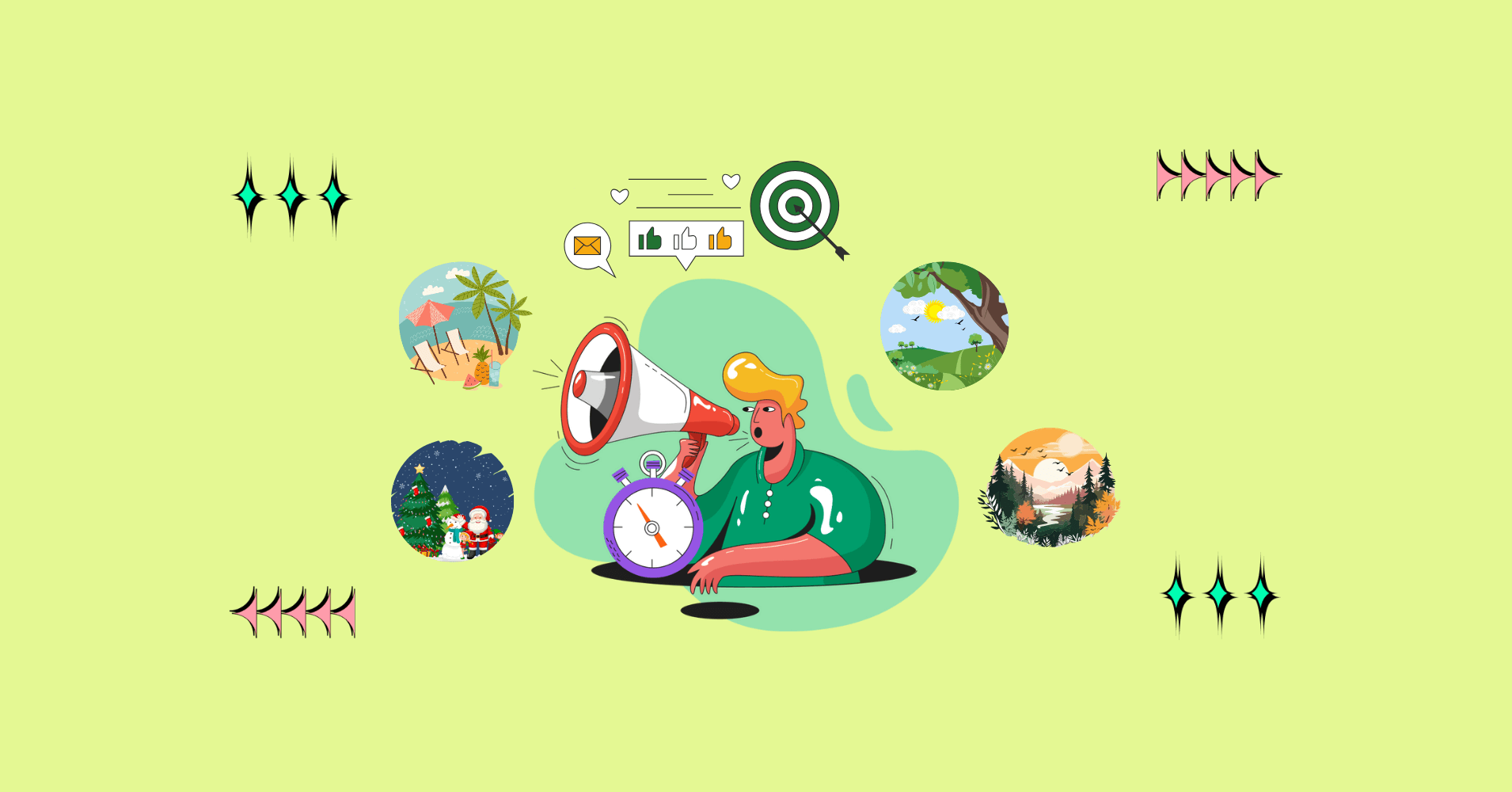
The retail calendar never sleeps, and neither should your marketing strategy. While your competitors scramble to throw together last-minute campaigns, smart marketers are already three seasons ahead, crafting seasonal marketing campaigns that turn seasonal shoppers into loyal customers.
Each season comes with distinct emotional and behavioral patterns that influence how consumers connect with brands. Brands that understand these seasonal and cultural shifts can craft campaigns that resonate deeply with their audiences, sparking emotional engagement and measurable results.
This guide dives deep into high-priority opportunities—summer, fall, Halloween, 4th of July, Christmas, Black Friday Cyber Monday (BFCM), Thanksgiving, and more. Let’s take a look around.
Psychology Behind Seasonal Shopping
It isn’t just about slapping seasonal colors on your website—it’s about understanding consumer psychology, leveraging data-driven insights, and creating authentic connections that drive increasing results. Whether you’re preparing for the summer sale or gearing up for the winter holiday bonanza, this comprehensive guide will transform how you approach seasonal campaigns.
For example, consumer spending on the winter holidays last year reached a record $902 per person on average across gifts, food, decorations, and other seasonal items, according to the NRF survey. The increase in holiday spending is largely attributed to gifts for family members. You need to understand the consumer psychology behind gift-giving.
Source: NRF’s 2024 October Holiday Survey
Courtesy of Ninja Charts
Ninja Charts is the default functionality of Ninja Tables.
Similarly, think about how differently you feel on a sunny June morning compared to a crisp October evening or Christmas Eve. That shift in mood? It’s exactly what makes seasonal marketing so incredibly effective. Our brains are hardwired to respond to seasonal changes, and smart marketers tap into these deep-rooted psychological patterns.
During these high-profile shopping periods, customer behavior undergoes several notable changes:
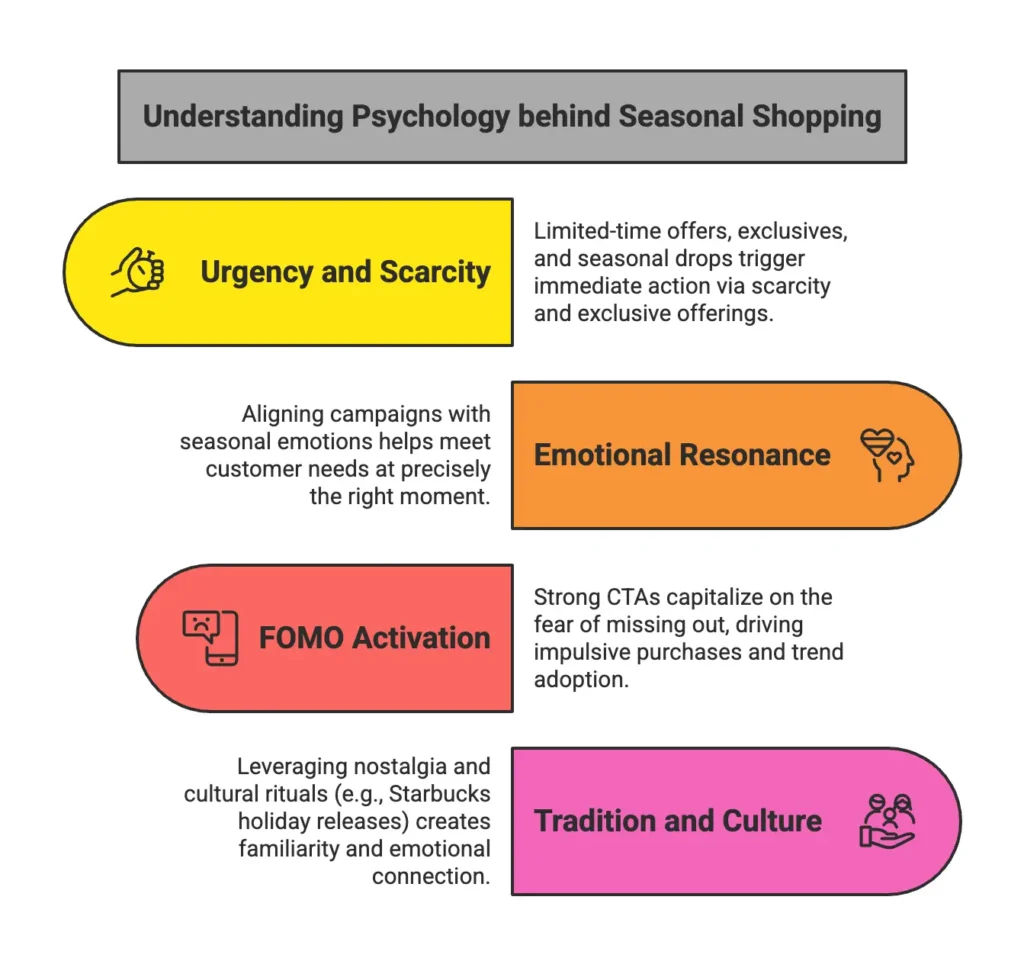
How Seasons Influence Consumer Behavior
According to Statista, seasonal and holiday retail sales in the U.S. alone reached $1.3 trillion in 2024, with e-commerce accounting for 20%. Tapping into these moments means meeting customers where they are—emotionally and financially.
Spring: The reawakening of demand
Spring triggers a psychological reset: longer daylight, warmer weather, and a general sense of renewal drive consumers toward wellness, self-improvement, and outdoor engagement.
There’s actual science behind this—increased daylight triggers serotonin production, making us more motivated to try new things, declutter our lives, and invest in fresh experiences. Environmental psychology links it to elevated mood, reduced stress, and higher outdoor physical activity.
Marketers see surging demand for fitness gear, health products, gardening supplies, and outdoor apparel — all tied to consumers’ spring “fresh start” mentality. Campaigns built around transformation, growth, and rejuvenation typically perform well, as they align with the emotional cues of the season.
Summer: The experience economy peaks
Summer consumers prioritize experiences over material possessions more than any other season. This season’s extended daylight exposure and vacation culture elevate spending on leisure, travel, and social experiences.
Summer amplifies our social desires and adventure-seeking behavior. We’re more impulsive, more willing to spend on experiences and vacations, naturally drawn to products that promise fun and freedom.
This translates to demand for travel packages, beachwear, hiking gear, brunch or outdoor dining, events, and lifestyle goods that enhance social interactions. Brands that position themselves around adventure, indulgence, and freedom tap into peak seasonal consumer sentiment.
Fall: The Productivity Pivot
As autumn approaches, something fascinating happens in our psychology. We shift into what researchers call “nesting mode”—a primal instinct to prepare and gather resources for the coming months.
Also, routines tighten with scheduled settled back day-to-day life, mostly in indoor settings, consumer behavior shifts towards structure, organization, and preparation. Retail spikes in school supplies, apparel, and tech gear reflect this mindset. Cooler weather also triggers interest in home goods, cozy apparel, and personal care products, as comfort becomes a priority.
This explains why fall marketing around comfort, preparation, and family resonates so deeply. It’s not just clever messaging; it’s speaking to something fundamental in our seasonal psychology.
Winter: High-Spend, Comfort-Driven Behavior
Winter brings the most complex psychological landscape. It compresses consumer focus into two dominant forces: festive spending and comfort consumption. While shorter days can dampen moods, the holiday season creates a perfect storm of emotional spending triggers. Environmental psychology associates winter with more home-centric, comfort-oriented, entertainment, warm clothing, and indulgent personal care purchases. Nostalgia peaks, gift-giving activates our need to show love and maintain relationships.
Effective campaigns emphasize warmth, togetherness, indulgence, and celebration, positioning products as perfect gifts or seasonal essentials. Holiday urgency also drives high responsiveness to scarcity and limited-time offers.
Why Understanding Shopper Psychology Matters
Here’s what makes this knowledge powerful for marketers: these psychological shifts happen whether consumers realize it or not. When your messaging aligns with your audience’s seasonal mindset, it feels intuitive rather than pushy. You’re not forcing a square block into a round hole—you’re flowing with the natural rhythm of human psychology.
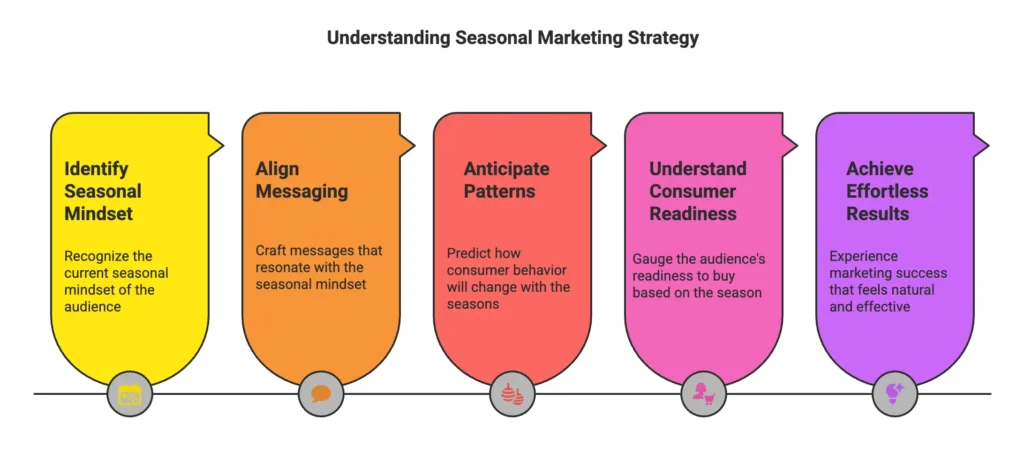
The most successful seasonal campaigns don’t just acknowledge these patterns; they anticipate them. They understand that a customer’s readiness to buy, their emotional state, and their decision-making process all change with the calendar. Master this understanding, and unlock the secret to seasonal marketing that feels effortless yet drives real results.
Building Your Seasonal Marketing Foundation
Seasonal campaigns demand more than festive colors and catchy slogans. It requires a systematic approach built on insightful data, strategic timing, and scalable frameworks that work across multiple seasons.
Data-Driven Planning and Analysis
Your seasonal strategy starts with understanding what actually works. Analyze historical data across three key dimensions: customer behavior patterns, product performance cycles, and engagement rate fluctuations. Don’t just look at sales spikes or slumps—identify the leading indicators that predict seasonal success.
Essential metrics to track include product life-cycle, awareness-to-purchase timelines, seasonal customer lifetime value, and channel performance variations. Use Google Analytics or other tools for seasonal feature comparison, social platform insights, and customer survey data to build comprehensive seasonal buyer personas. The goal is to pinpoint exactly when your audience shifts from awareness to action during each season.
Transform Raw Data into Strategic Insights with Ninja Tables
Most marketers struggle to visualize seasonal data for quick decisions. Ninja Tables turns complex performance data into clear tables that reveal patterns instantly. Track seasonal conversion rates, product performance by demographics, acquisition costs, and revenue attribution across touchpoints. The platform integrates with Google Sheets, the Fluent Forms plugin, or takes in CSV/JSON files, eliminating manual reporting. Ready-to-use campaign report templates are available for free download—perfect for tracking Black Friday, holiday campaigns, or summer promotions. Responsive design ensures real-time monitoring works across all devices during peak shopping periods.
Monthly Performance Summary Total Engagement Rate: 74% Total Website Traffic 158,000 Top Performing Channel Top Performing Channel: Facebook Ads | Overall Conversion Rate 80% | ||
MoM Change Website Traffic 13% Email Open Rate 2% CTR (All Channels) 9% Total Conversions 15% Ad Spend 5% ROAS 6% Leads Generated 11% |  Highlights Highlights
 Issues to Review Issues to Review
| ||
Campaign Framework Development
Build adaptable campaign templates that maintain brand consistency while allowing seasonal customization. Your framework should include a core message, visual brand elements, and content templates that can be quickly modified for different seasons.
Develop three framework levels: foundational brand elements that never change, adaptable components that shift with seasons, and completely flexible elements for specific promotions. This approach reduces campaign development time by 60% while ensuring every seasonal campaign feels cohesive with your overall brand strategy.
Mastering Seasonal Timing
Timing determines whether your seasonal campaigns drive results or get lost in the noise. Successful seasonal marketing operates on a three-phase timeline: early preparation, anticipation building, and peak execution.
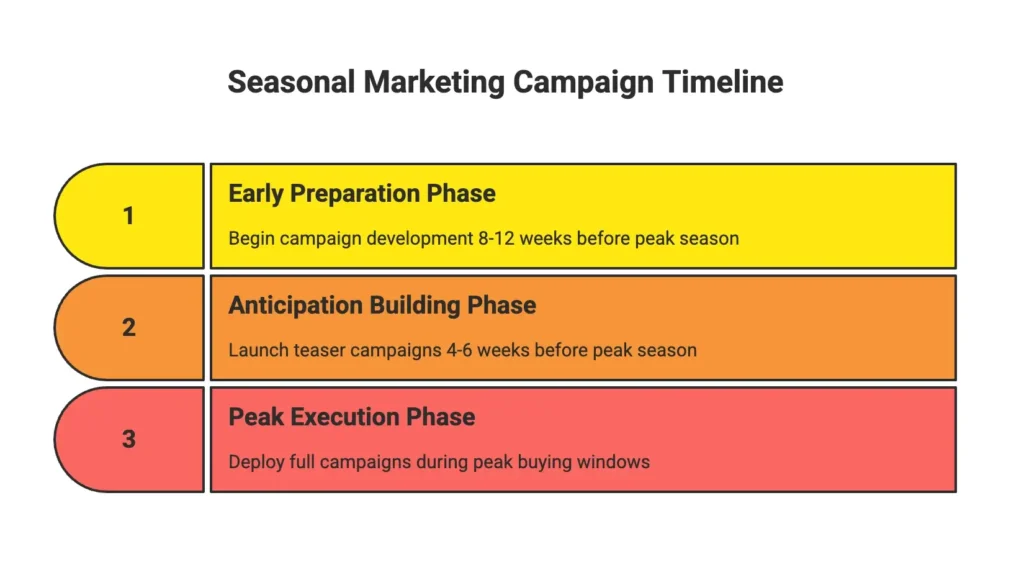
- Early Preparation Phase: This allows time for creative development, trend research, competitive analysis, and resource allocation. Christmas marketing begins in October, not November.
- Anticipation Building: Create countdown campaigns, exclusive previews, and early-bird incentives that generate buzz while competitors are still planning.
- Peak Execution: Use data-driven timing to maximize resource allocation during the highest-converting periods.
Engagement Amplification Strategies
Effective seasonal marketing transforms passive viewers into active participants through strategic engagement tactics that feel natural, not forced.

- Narrative-Driven Content: Don’t just sell products—sell the lifestyle and emotions associated with the season.
- Multi-Channel Orchestration: For example, your black friday email blast or any holiday email marketing should complement your social strategy, as well as your website experience.
- Social Proof Integration: Leverage user-generated content, customer reviews, and testimonials to build trust during high-consideration seasonal purchases.
- Personalization at Scale: Use behavioral data and purchase history to deliver personalized seasonal recommendations.
The foundation you build now determines whether your seasonal campaigns feel authentic and drive meaningful results, or simply add to the seasonal marketing noise that consumers ignore.
Align With Holiday Values
Different holidays come with specific values—gratitude during Thanksgiving, love on Valentine’s Day, or generosity on Christmas. Align your campaign messaging with these themes to create emotional resonance.
- Craft campaigns that reflect the holiday’s core values. For example, promote acts of kindness or giving back during the holiday season.
Offer Seasonal Exclusivity
Consumers love limited-edition products and experiences that are only available during the holidays. These exclusive offerings create excitement and FOMO.

Make It Easy With Bundles and Discounts
Holidays can be stressful, especially for shoppers pressed for time. By offering curated bundles, discounts, or pre-packaged gift sets, you simplify the buying process and make it easier for customers to choose your product.
- Create gift bundles with complementary items, offer pre-wrapped products, and highlight savings from buying as a set.
Digital Tactics for Holiday Marketing
In today’s digital age, most holiday shopping happens online. Here’s how to optimize your digital channels for maximum impact:
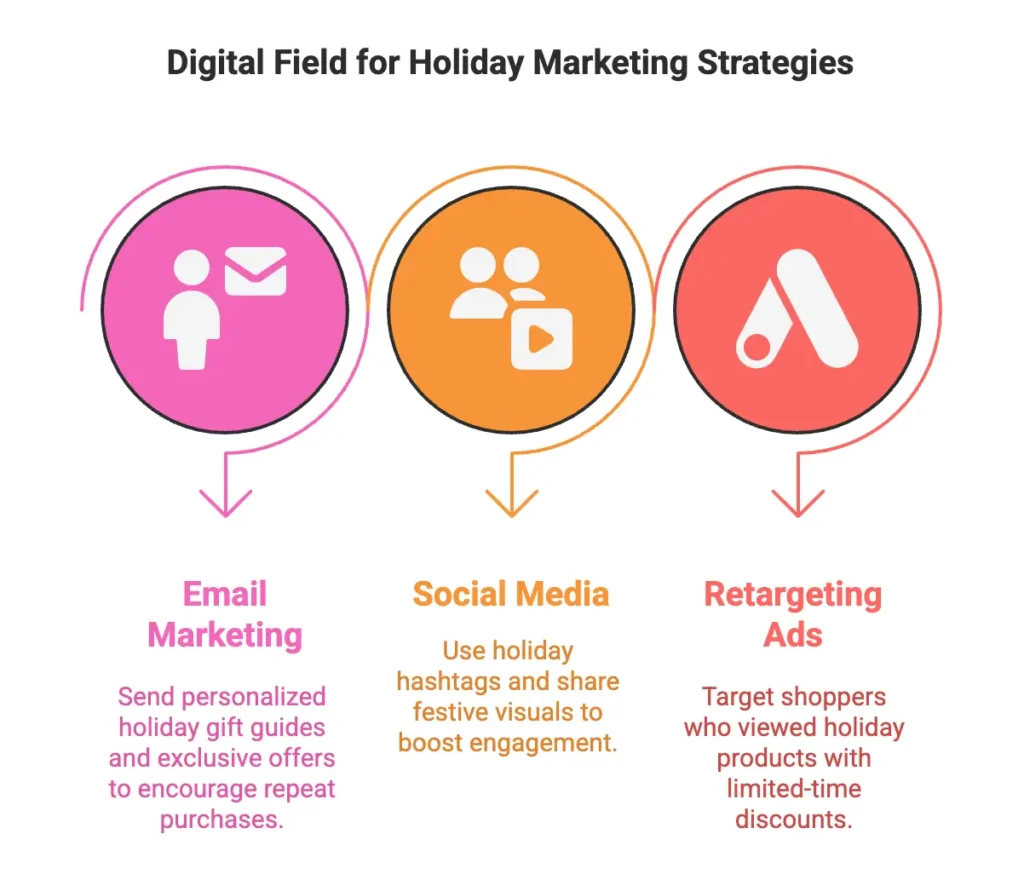
Measuring Success: Key Metrics for Holiday Campaigns
To ensure your holiday marketing efforts deliver results, track key metrics like conversion rate, average order value, returning customers, engagement rates for your site, cart abandonment rate, etc from previous marketing reports and channel your strategy accordingly. See what went right/wrong, what mattered the most in previous campaigns. Get insight from those. Expand on the resources or track the audience through past marketing campaign reports.
Marketing Strategy Report | Company: Sugar Date: 20, July 2024 |
Business Summary | |
Q3 objective: Expand market share in Southeast Asia region through digital acquisition, localized campaigns, and partnership programs. Revenue target: +20% YoY growth. | |
Business Initiatives | |
| |
Target Market | Strategy |
|
|
Budget | |
Total allocated: $450,000
| |
You can get a pre-made display format to keep track of your previous years’ marketing reports with this WordPress table plugin.
Get table templates for free
Seasonal Marketing Campaigns
Seasonal marketing is fulfilling in many ways. It gives your business a real-time connection with the customers through memorable marketing campaigns. Let’s see some of the curated moments in the season:
Capitalizing on Spring Cleaning Mentality
The spring cleaning phenomenon extends far beyond household chores. Consumers are motivated to refresh their wardrobes, upgrade their technology, and try new products or services. Position your offerings as part of this renewal process, whether you’re selling software subscriptions, fitness programs, or home improvement products.
Create campaigns around themes of organization, efficiency, and starting fresh. Use messaging that emphasizes transformation and improvement, tapping into the wilfulness people feel during this season. Consider offering “spring starter” packages or limited-time promotions that encourage customers to try something new.
Mother’s Day and Easter Strategies
These major spring holidays require distinct approaches despite occurring in the same season. Mother’s Day campaigns should focus on appreciation, gratitude, and making mom feel special. This isn’t just about flowers and chocolates—think about the emotions, personalized products, and services that show thoughtfulness.
Pro Tip: Experience-driven marketing, lifestyle branding, and influencer collaborations often see higher ROI in this phase. Develop content that showcases your products or services in summer contexts. Partner with influencers and customers to create user-generated content that aligns with the general summer products and the brand’s unique take on those.
Easter marketing works well for family-oriented brands and can incorporate themes of reawakening, celebration, and togetherness. However, be mindful that Easter is a religious holiday for many, so approach your messaging with appropriate sensitivity and respect.
Spring campaigns lay the groundwork for trust and excitement. As flowers bloom, so should your brand’s presence. Now, let’s heat things up with summer.
Summer Marketing Campaign: Capitalizing on Sun and Fun
Summer is synonymous with vacations, outdoor activities, and carefree vibes. It’s a time when consumers are eager to spend on travel, fashion, and experiences. Let’s explore two key moments: the 4th of July and the back-to-school season.
The Experience Economy Advantage
Summer consumers prioritize experiences over material possessions more than any other season. Even if you’re selling physical products, frame them in terms of the experiences they enable. A new look isn’t just about matching the theme—it’s about capturing summer memories that resonate with customers.
| Image | Name | Category | Price | Quantity | Buy |
|---|---|---|---|---|---|
 | Beach essentials | Summer | Original price was: $50.00.$38.00Current price is: $38.00. | | |
 | Beach slippers | Summer | $15.00 | | |
 | Beach towel | Summer | $33.00 | | |
 | Beach hats | Summer | $28.00 | |
Courtesy of Ninja Tables
Develop content that showcases your products or services in summer contexts. For example, bring the beach to your product display, introduce custom background, summer theme colors, easy checkout, responsive product tables, etc, to your online store. Use authentic imagery and storytelling that transports your audience to their ideal summer scenario.
Back-to-School Preparation
The back-to-school season represents one of the largest retail opportunities besides the winter holidays. Start your back-to-school campaigns in early to mid-July, as parents begin planning for the school year. This timeline allows you to capture early shoppers.
Focus on value, organization, and helping families prepare for success. Create bundles and packages that simplify the shopping process for busy parents. Consider extending your campaigns to include college students, who have different needs and shopping patterns than younger students.
Pro Tip: Use retargeting ads to capture cart abandoners, offering discounts like “10% off your back-to-school haul.”
Fourth of July Patriotic Marketing
Fourth of July marketing requires a delicate balance between patriotic themes and authentic brand expression. Avoid generic red, white, and blue decorations that feel forced or inauthentic. Instead, connect patriotic values to your brand’s mission and values meaningfully.
Consider focusing on themes of community, freedom, and independence that align naturally with your brand story. Local businesses can leverage community connections, while national brands might emphasize their American heritage or commitment to supporting local communities.
Pro Tip: Read the detailed guide with 11 effective summer marketing tips.
Summer’s energy fuels impulse buys and big-ticket purchases. As the sun sets, fall brings a new wave of opportunities. Let’s transition to cooler days and cozier campaigns.
Fall Marketing Ideas
Fall is every marketer’s dream—crisp air, pumpkin spice, and a lineup of high-impact holidays. From Halloween to Thanksgiving, this season is packed with emotional and cultural triggers.
Halloween: Spooky Sales and Creative Campaigns
Halloween is a retail monster, with 2024 spending reaching $11.6 billion on costumes, decorations, and candy.
- Create immersive campaigns with haunted visuals and eerie soundtracks. Offer “Trick-or-Treat Deals” and bundle products like makeup kits with costumes.
- Target “Halloween costume ideas 2025” or “DIY Halloween decorations” with blog posts and product pages.
- Launch a #SpookyStyle challenge on TikTok, encouraging users to showcase their costumes or decor using your products.
- Introduce Interactive online games on the website, give the winner some prizes, discounts, or promo codes that last longer than Halloween days to create returning sales.

Thanksgiving: Building Gratitude and Loyalty
Thanksgiving marketing requires a thoughtful approach that balances commercial objectives with authentic expressions of gratitude. Thanksgiving (fourth Thursday in November) is less about direct sales and more about setting the stage for BFCM. It’s a time to connect emotionally with your audience.
- Move beyond generic “thankful” messaging to share specific stories about what your business is genuinely grateful for.
- Highlight customer stories, employee achievements, community partnerships, or milestones.
- Demonstrate real appreciation rather than marketing fluff.
- Consider creating campaigns that give back to the community or support causes your customers care about.
- Create content that celebrates diverse definitions of family and togetherness, recognizing that modern families come in many forms.
- Your message should be inclusive and authentic, reflecting the real experiences.
Pro Tip: Another hidden gem, the detailed blog on top fall marketing ideas to drive sales.
Fall’s cozy charm primes consumers for the holiday season. With Thanksgiving in the rearview, it’s time to sprint toward the biggest retail moments of the year.
Winter: Dominating the Holiday Season
Winter is the grand finale of seasonal marketing. Christmas and BFCM dominate, but smaller moments like New Year’s Eve offer unique opportunities. Let’s break it down.
Black Friday/Cyber Monday (BFCM): The Retail Super Bowl
BFCM, spanning the Friday after Thanksgiving to the following Monday, is the pinnacle of retail. In 2024, online BFCM sales hit $17.3 billion, per Adobe Analytics. Your BFCM success depends heavily on preparation that begins months in advance. Use this period to segment your audience based on past purchase behavior and data.
- Start teasing deals in early November with countdown timers on your site.
- Use urgency-driven CTAs like “Only 24 Hours Left!”
- Segment email lists for VIPs, offering early access.
- Avoid the race to the bottom with unsustainable discounts.
- Focus on value-driven offers that maintain your profit margins with compelling customer value.
- Bundle products, offer exclusive items, or provide enhanced services rather than simply slashing prices.
- Position your deals within the context of your overall brand value proposition.
- Emphasize quality, customer service, or unique features that justify your pricing.
Pro Tip: Run FOMO marketing: create urgency and drive conversions.
Christmas: Capturing the Holiday Spirit
Christmas drives massive retail spending, with 2024 figures topping $979 billion. It’s about more than gifts—it’s about creating joy. Understanding gift-giving psychology is crucial for holiday marketing success.
- Address user needs through detailed product information, gift guides, or tips.
- Create content that helps customers navigate gift-giving challenges.
- Target “Christmas gift ideas for him/her” or “last-minute Christmas gifts 2025” with gift guides and landing pages.
- Provide suggestions for different relationship types, budget ranges, and personality types.
- Launch a “12 Days of Christmas” campaign with daily deals or advent calendar-style promotions.
- Offer free gift-wrapping or expedited shipping.
- Use (UGC) from customers sharing holiday moments with your products to build community interaction.
- Introduce a Christmas-y theme on your day-to-day product list tables, website headers, etc.
| Image | Name | Category | Price | Quantity | Buy |
|---|---|---|---|---|---|
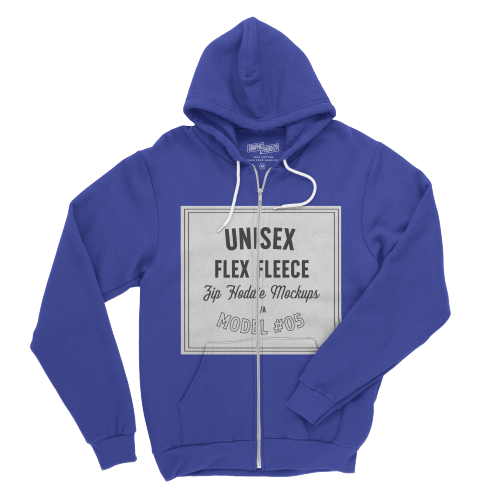 | Blue Hoodie (Zipper) | Hoodies | Original price was: $40.00.$35.00Current price is: $35.00. | | |
 | Hoodie with Logo | Hoodies | $45.00 | | |
 | Hoodie with Pocket | Hoodies | Original price was: $45.00.$35.00Current price is: $35.00. | | |
 | Hoodie with Zipper | Hoodies | $45.00 | |
This period requires careful balance between commercial objectives and the genuine spirit of the season. Add thoughtfulness, emotions, rather than sending customers scrambling through the aisle.
Read this guide on ‘Designing Data Tables for Christmas‘ to learn how to customize the boring grid layout for festive season marketing.
New Year’s Eve: Starting Fresh
New Year’s Eve is a smaller but strategic moment. Consumers are focused on resolutions, fitness, and self-improvement.
- Promote wellness products, planners, or subscription services with “New Year, New You” messaging. Offer discounts for annual commitments.
- Optimize for “New Year’s resolutions 2025” or “best fitness gear for 2025.”
- Run a #NewYearGoals campaign, asking followers to share their resolutions for a chance to win your products.
Valentine’s Day: Bring Love to the Door
You can’t miss the Valentine’s Day campaign. Your winter marketing strategies need to stretch to the most loved event of the year. Valentine’s Day generates $25.9 billion in consumer spending annually. Unlike other holidays, there’s no “close enough” when it comes to February 14th—creating natural urgency.
- Start campaigns in late January with shipping deadline urgency. Use countdown timers and give urgent or last-minute delivery.
- Target “Valentine’s Day gifts for him 2025” and “romantic gift ideas for her” with curated collections.
- Create “anti-Valentine’s” campaigns for singles, focusing on self-love and treating yourself.
- Launch a #LoveStory UGC campaign encouraging customers to share memories with your products.
- Expand beyond romance—include friendship, family love, and self-care messaging to broaden your audience.
| Image | Name | Category | Price | Quantity | Buy |
|---|---|---|---|---|---|
 | Blue Hoodie (Zipper) | Hoodies | Original price was: $40.00.$35.00Current price is: $35.00. | | |
 | Hoodie with Logo | Hoodies | $45.00 | | |
 | Hoodie with Pocket | Hoodies | Original price was: $45.00.$35.00Current price is: $35.00. | | |
 | Hoodie with Zipper | Hoodies | $45.00 | |
Pro Tip: Read this guide on Valentine’s Day Marketing Ideas with Smart Product Tables to make your store tables Lovable!
Winter’s high stakes demand precision and creativity. As the year wraps up, let’s look at how to tie it all together with year-round strategies.
Strategies to Drive Sales
Seasonal marketing isn’t just about isolated campaigns—it’s about creating a cohesive strategy that flows from one moment to the next. Here’s how to stay ahead all year.
Know Your Audience
Use analytics tools like Google Analytics, Clarity, or other metric tools to track seasonal trends. Identify which holidays drive the most traffic, conversions, and revenue for your brand.
Create customer personas for each season. For example, your summer buyer might be a millennial planning a beach trip, while your BFCM buyer is a Gen X parent hunting deals.
Tool Tip: Use heatmaps, data visualization sales reports to optimize landing pages for seasonal campaigns.
Content Calendar: Stay Organized
A content calendar is your lifeline. Plan campaigns at least three months in advance to avoid last-minute scrambles.
- Map out key dates, including minor holidays like Valentine’s Day or Labor Day. Schedule email blasts, social posts, and blog content accordingly.
- Use tools like FluentBoards or FluentCommunity to collaborate with your team on campaign timelines.
Omnichannel Approach: Be Everywhere
Consumers shop across channels—email, social, web, and in-store. An omnichannel strategy ensures a consistent experience.
- Sync your messaging across platforms. For example, your Halloween email should match your Instagram Stories and website banners.
- Use SMS marketing for time-sensitive deals, like BFCM flash sales, with opt-in rates as high as 98%
Last-Minute Shopper Strategies
Don’t overlook the significant market of last-minute shoppers who can provide substantial revenue in the final weeks before Christmas.
- Create urgency without causing anxiety.
- Focus on solutions rather than problems, positioning your business as the hero that saves the day for last-minute shoppers.
- Develop specific campaigns targeting procrastinators with messaging that emphasizes quick shipping, gift cards, digital products, or local pickup options.
Post-Holiday Continuation
Use this period to thank customers for their holiday business, encourage reviews and social media sharing, and begin building anticipation for your spring campaigns.
The post-holiday period is also ideal for gathering feedback about customer experiences during the busy season. Also, if you want to declutter your inventory to make space for new products for the upcoming spring, then circle back to the remaining products and create a post-holiday bash by offering giveaways, BOGO sales, bundle sales, a discount, or a coupon system for loyalty programs.
Post-Season Analysis: Learn and Improve
After each season, analyze what worked and what didn’t. Did your Halloween campaign flop? Was your Christmas email open rate sky-high?
- Review metrics like open rates, click-through rates, and conversion rates. A/B test subject lines, visuals, and CTAs to refine future campaigns.
- Use platforms like Ninja Tables to visualize performance data.
For financial data storing, displaying on a table, get inspiration from Ninja Tables free templates for annual income statements or financial data projections.
Wednesday, January 28, 2025 Annual Income | ||||
Item A | Item B | Item C | Change | |
The First Quarter | $8234 | $6694 | $2405 | 50% |
The Second Quarter | $10976 | $8846 | $1263 | 50% |
The Third Quarter | $9937 | $10498 | $5367 | 30% |
The Fourth Quarter | $13450 | $12729 | $8185 | -10% |
Conclusion: Make Every Season Count
Seasonal marketing success comes from understanding that each season represents an opportunity to deepen customer relationships while driving business results. The brands that excel are those that plan strategically, execute authentically, and measure comprehensively.
The seasonal marketing calendar offers numerous opportunities to grow your business, but success requires commitment to planning, creativity, and customer-focused thinking. By implementing the strategies outlined in this guide, you’ll be well-positioned to maximize returns from every season while building lasting customer relationships that extend far beyond any single campaign.

Ninja Tables– Easiest Table Plugin in WordPress



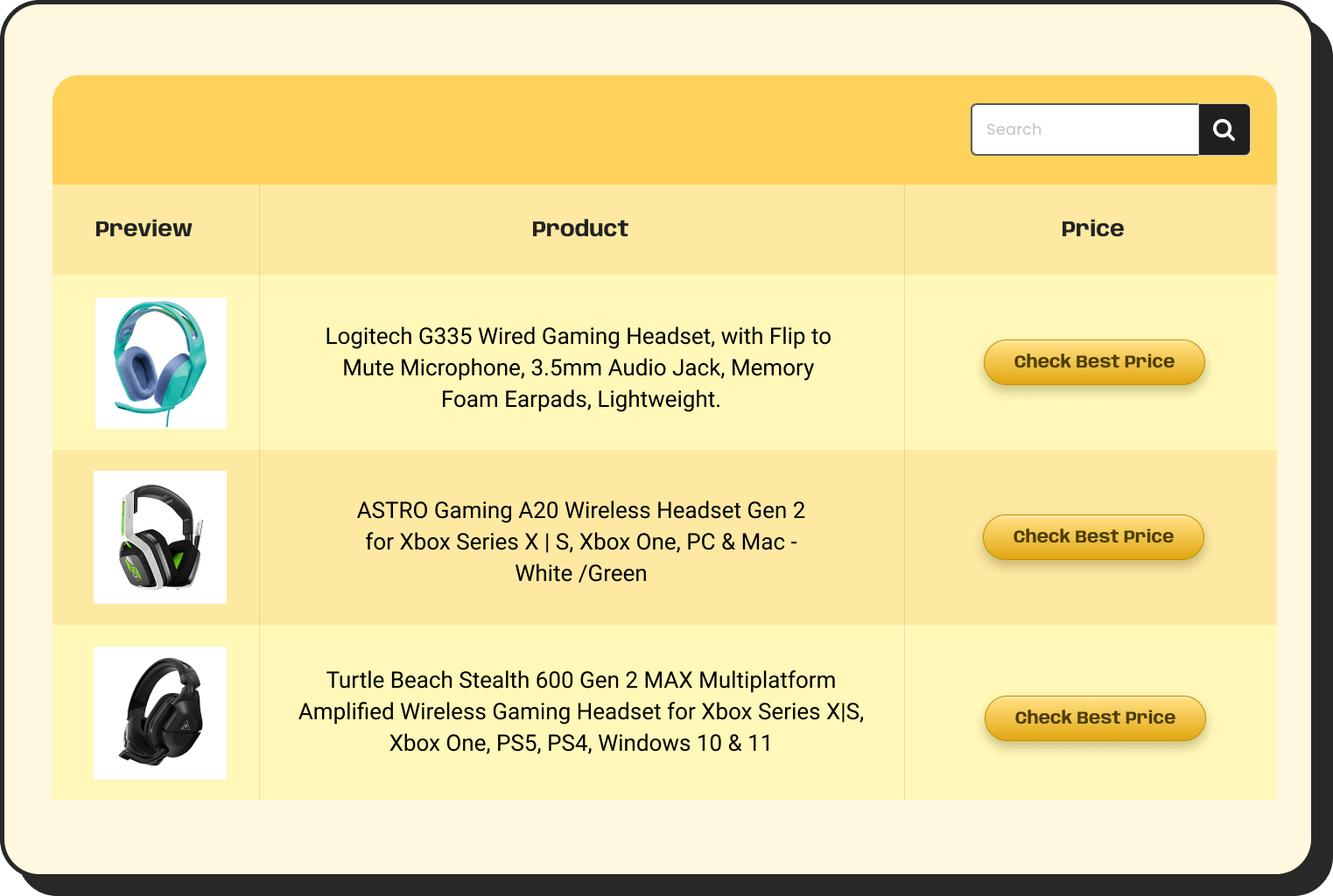



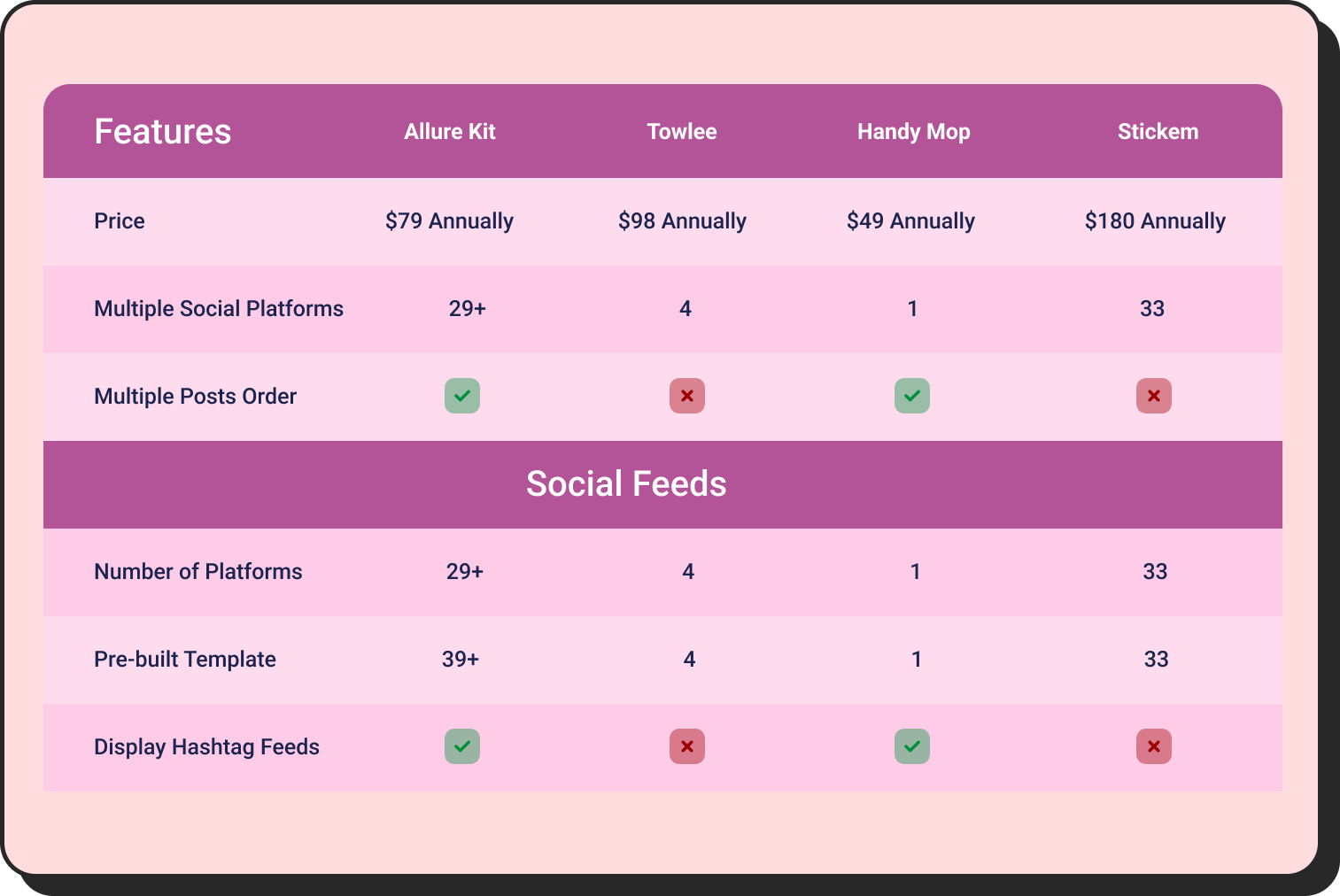

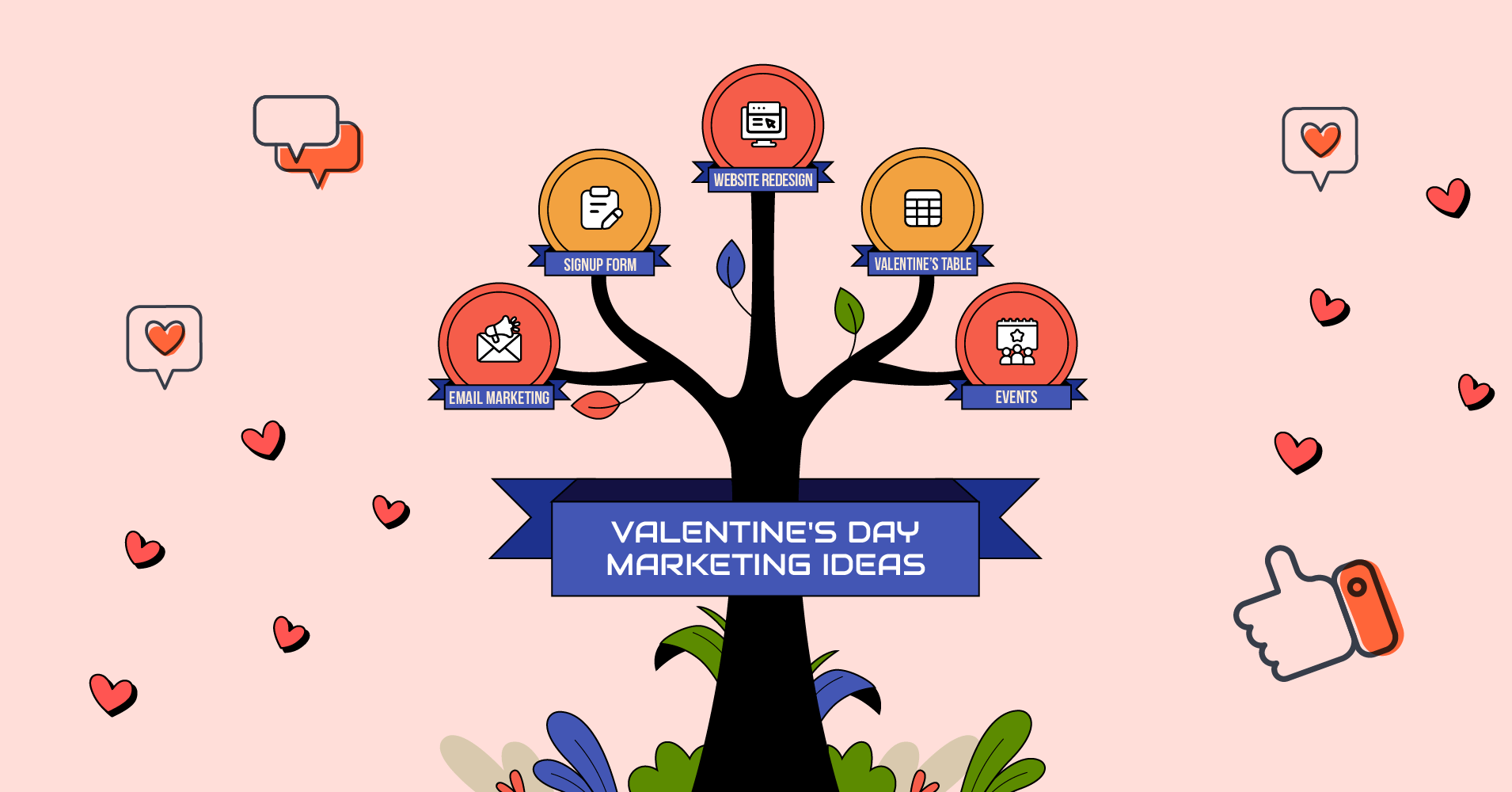




Add your first comment to this post